Archive
2022
KubaParis
"Watermarks"







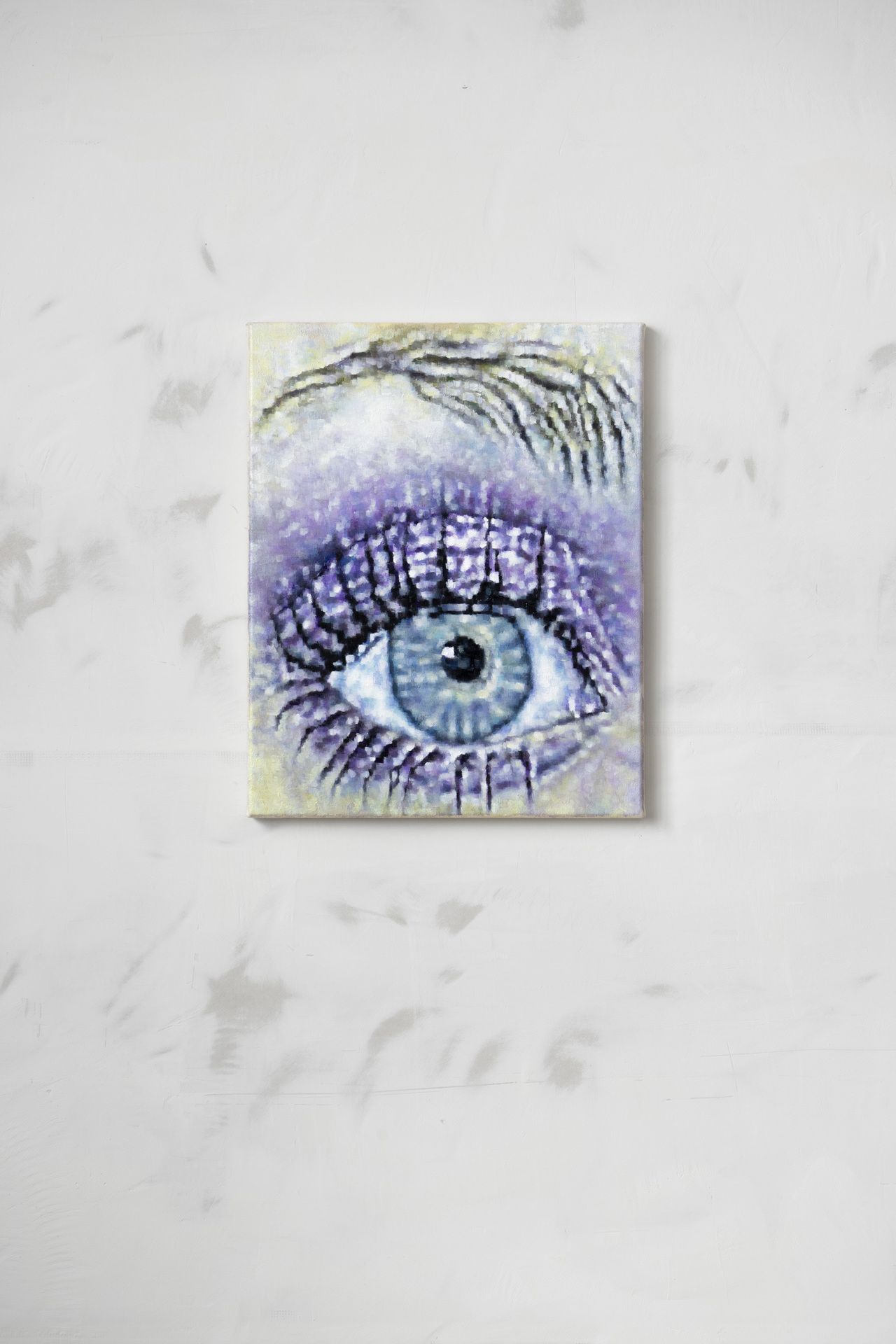
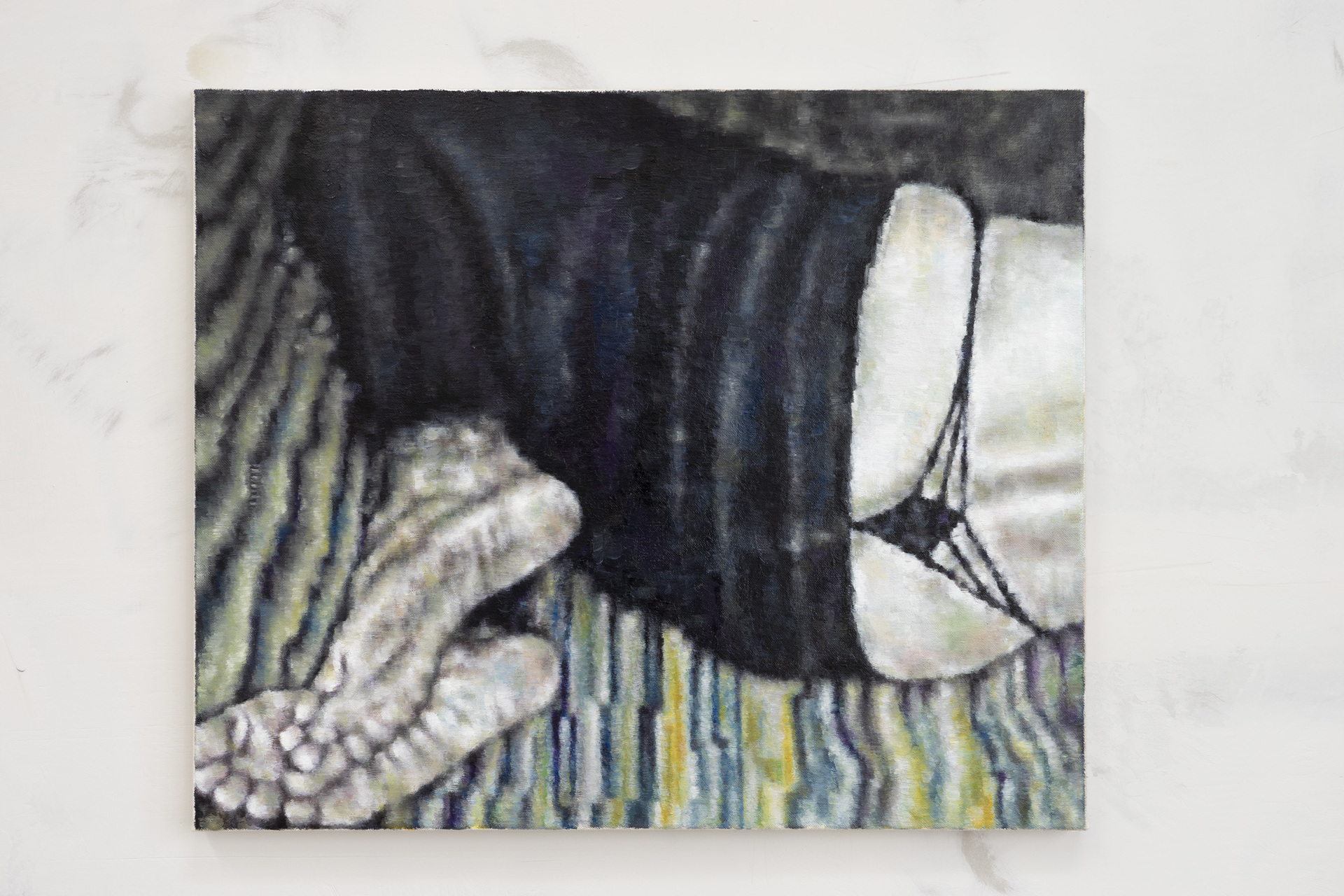



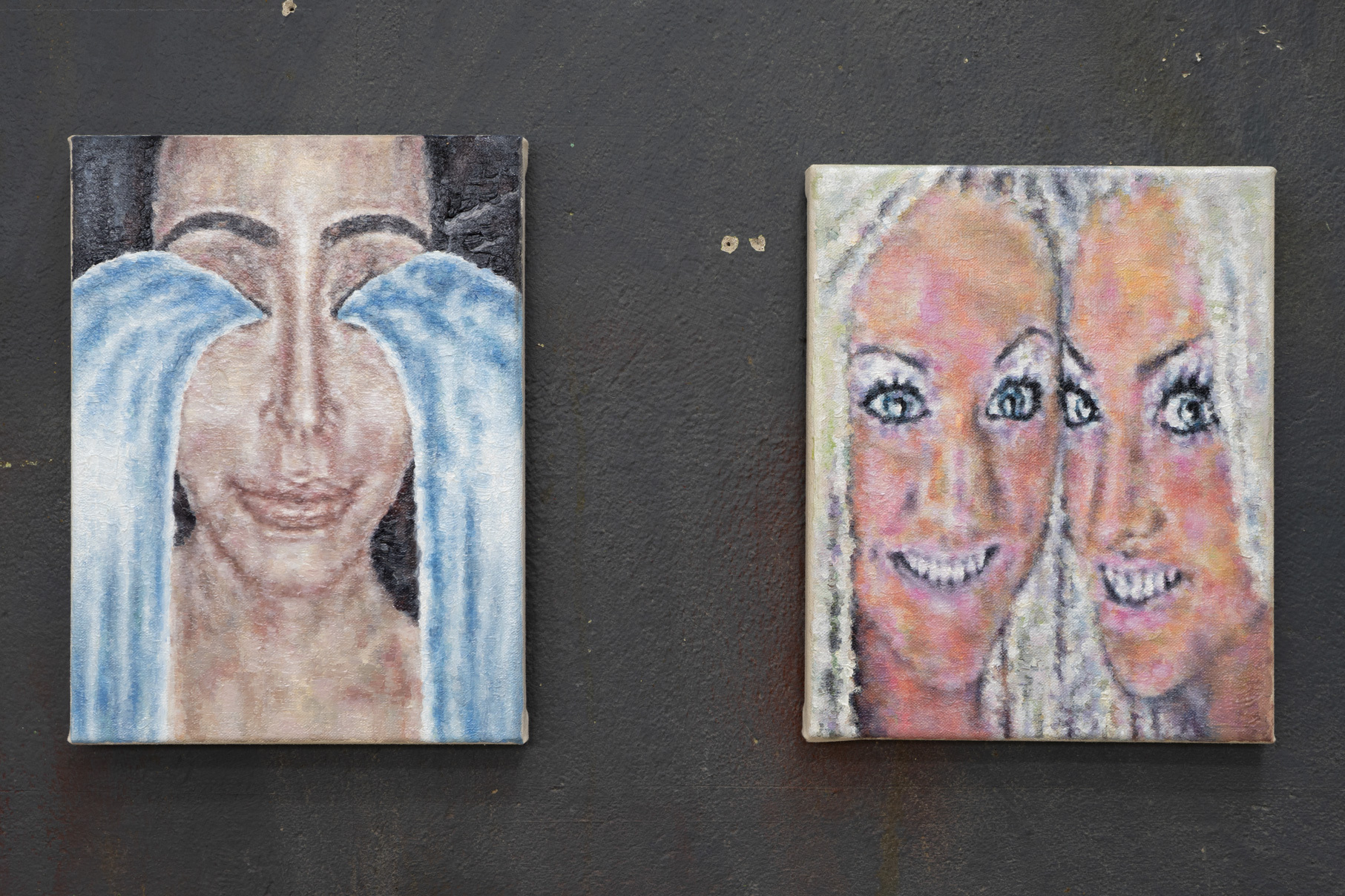


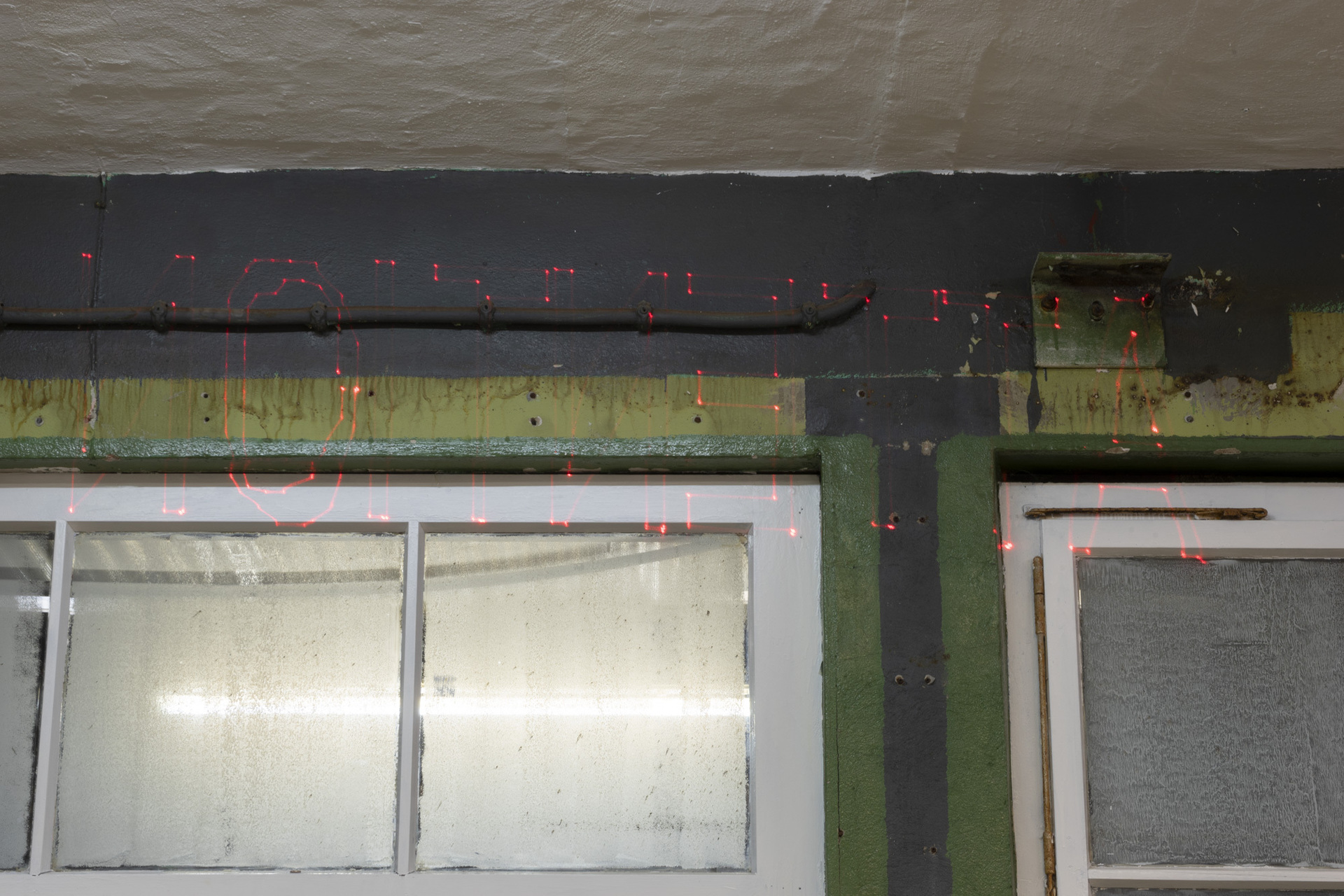

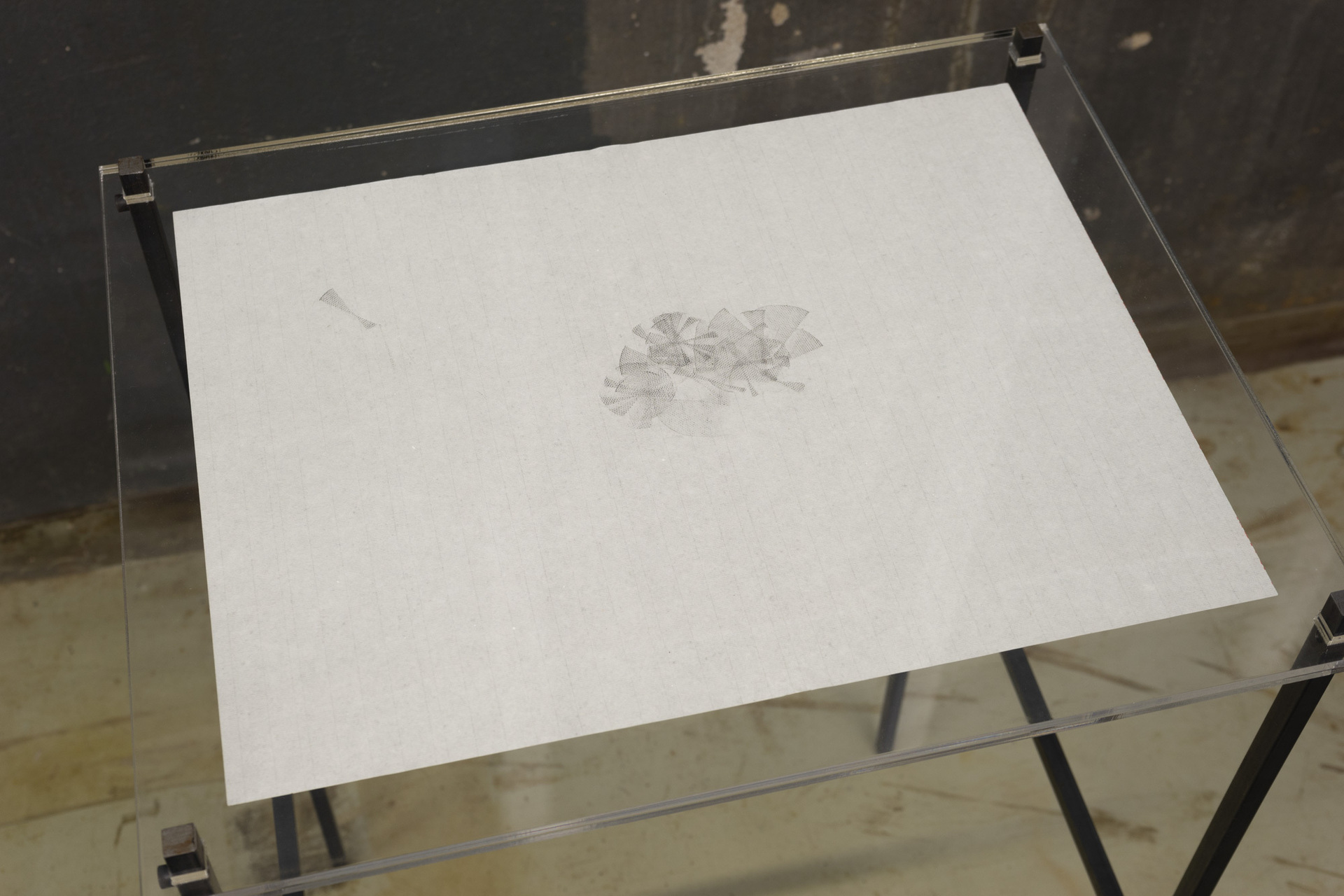

Location
wieoftnoch, KarlsruheDate
17.02 –10.03.2022Curator
wieoftnochPhotography
SanpakuPlusSubheadline
Marilou Bal, Indigo Deijmann, Pia-Rosa Dobrowitz, Hagen Eberle, Al Svoboda & Jonathan Monk at wieoftnoch, Karlsruhe. 19.02.2022 - 11.03.2022Text
„A watermark is an identifying image or pattern in paper that appears as various shades of lightness/darkness […] caused by thickness or density variations in the paper. Watermarks have been used on postage stamps, currency, and other government documents to discourage counterfeiting.[...]
Watermarks vary greatly in their visibility; while some are obvious on casual inspection, others require some study to pick out. Various aids have been developed, such as watermark fluid that wets the paper without damaging it. […]
The word is also used for digital practices that share similarities with physical watermarks. In one case, overprint on computer-printed output may be used to identify output from an unlicensed trial version of a program. In another instance, identifying codes can be encoded as a digital watermark for a music, video, picture, or other file.
The origin of the water part of a watermark can be found back when a watermark was something that only existed in paper. At that time the watermark was created by changing the thickness of the paper and thereby creating a shadow/lightness in the watermarked paper. […]
Watermarks were first introduced in Fabriano, Italy, in 1282.
A digital watermark is a kind of marker covertly embedded in a noise-tolerant signal such as audio, video or image data. It is typically used to identify ownership of the copyright of such signal. […] Digital watermarks may be used to verify the authenticity or integrity of the carrier signal or to show the identity of its owners. It is prominently used for tracing copyright infringements and for banknote authentication.
Like traditional physical watermarks, digital watermarks are often only perceptible under certain conditions, e.g. after using some algorithm. If a digital watermark distorts the carrier signal in a way that it becomes easily perceivable, it may be considered less effective depending on its purpose. […]
The needed properties of a digital watermark depend on the use case in which it is applied. For marking media files with copyright information, a digital watermark has to be rather robust against modifications that can be applied to the carrier signal. Instead, if integrity has to be ensured, a fragile watermark would be applied. […]
Since a digital copy of data is the same as the original, digital watermarking is a passive protection tool. It just marks data, but does not degrade it or control access to the data.
One application of digital watermarking is source tracking. A watermark is embedded into a digital signal at each point of distribution. If a copy of the work is found later, then the watermark may be retrieved from the copy and the source of the distribution is known. This technique reportedly has been used to detect the source of illegally copied movies.“
Wikipedia, The Free Encyclopedia
Marilou Bal *1990, lives and works in Geneva
Indigo Deijman *1997, lives and works in Brüssels
Pia-Rosa Dobrowitz *1990, lives and works in Basel
Hagen Eberle *1998, lives and works in Karlsruhe
Al Svoboda *1991, lives and works in New York
Jonathan Monk *1969, lives and works in Berlin